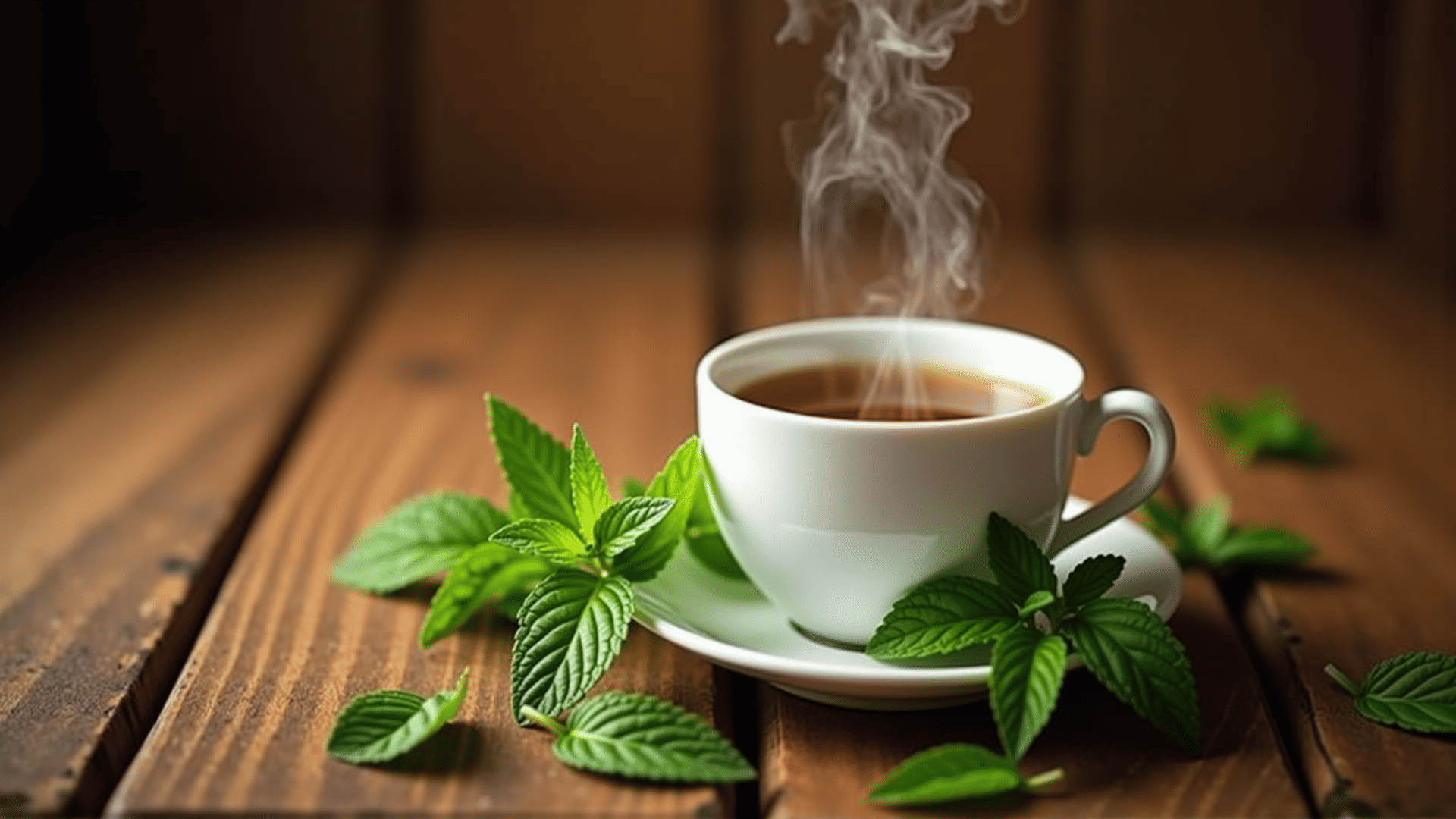Brewing herbal tea is both an art and a science, a tradition steeped in centuries of history and cultural significance. Today, tea enthusiasts and beginners alike continue to explore this ever-expanding world of flavors, fragrances, and health benefits. Whether you're drawn to the calming properties of chamomile, the invigorating zest of peppermint, or the soothing warmth of ginger, the journey to perfecting your herbal tea experience begins here.
Choosing Your Herbs: The Foundation of Flavor
The foundation of exceptional herbal tea lies in the quality and selection of herbs. Each herb brings its unique bouquet and health-promoting properties. For a refreshing cup, try peppermint, spearmint, or lemongrass, known for their vibrant and cool flavors. If you're seeking relaxation, reach for chamomile, lavender, or lemon balm, each renowned for inducing calmness and tranquility.
For those interested in the potential health benefits, ginger, turmeric, and echinacea are popular choices, noted for their anti-inflammatory and immune-boosting properties. Explore combinations of different herbs to create synergistic blends that enhance flavor profiles while maximizing health advantages.
Brewing Technique: The Delicate Balance
The process of brewing herbal tea is an exercise in patience and precision. Unlike traditional tea leaves, many herbs require different temperatures and steeping times to fully release their aromatic oils and beneficial compounds.
Start by boiling fresh, filtered water. Once boiled, allow the water to cool slightly — approximately 200°F is ideal for most herbal infusions. Pour the hot water over your chosen herbs, using about one teaspoon of dried herbs per cup of tea. If you are using fresh herbs, double the quantity.
Steep as per the herb’s requirement; generally, 5 to 10 minutes is sufficient, though some herbs may require longer to fully infuse their flavors. Avoid over-steeping, as this can lead to a bitter taste.
Enhancing the Experience: Sweeteners and Additions
While many enjoy the unadulterated taste of herbal tea, others may prefer to sweeten or enhance their brew. Honey, agave syrup, or stevia can add a touch of sweetness without overpowering the drink. Additionally, a slice of lemon or a dash of cinnamon can provide a delightful twist, accentuating the tea's natural flavors.
Beyond Taste: The Therapeutic Benefits
Herbal teas are more than just a pleasure for the palate. They are powerful allies in promoting health and well-being. Chamomile and valerian root are celebrated for their sleep-inducing effects, making them perfect bedtime companions. On the other hand, hibiscus and rosehip are rich in antioxidants and vitamin C, offering a healthful boost to your immune system.
Ginger and peppermint can aid digestion, soothe nausea, and alleviate headaches. The anti-inflammatory properties of turmeric make it a popular choice for reducing joint pain and promoting overall bodily health.
The Ritual of Tea: A Moment of Calm
In our fast-paced world, the act of brewing and savoring herbal tea offers a moment of mindfulness and tranquility. The gentle ritual of selecting herbs, measuring, steeping, and finally sipping allows you to step back and take a brief respite from daily stresses.
In conclusion, mastering the art of brewing herbal tea is a rewarding endeavor that enhances both taste and health. By choosing quality herbs, perfecting your brewing technique, and savoring the therapeutic benefits, you can transform a simple cup of tea into an extraordinary experience. Explore the possibilities, try new blends, and let your senses guide you on this aromatic journey.
